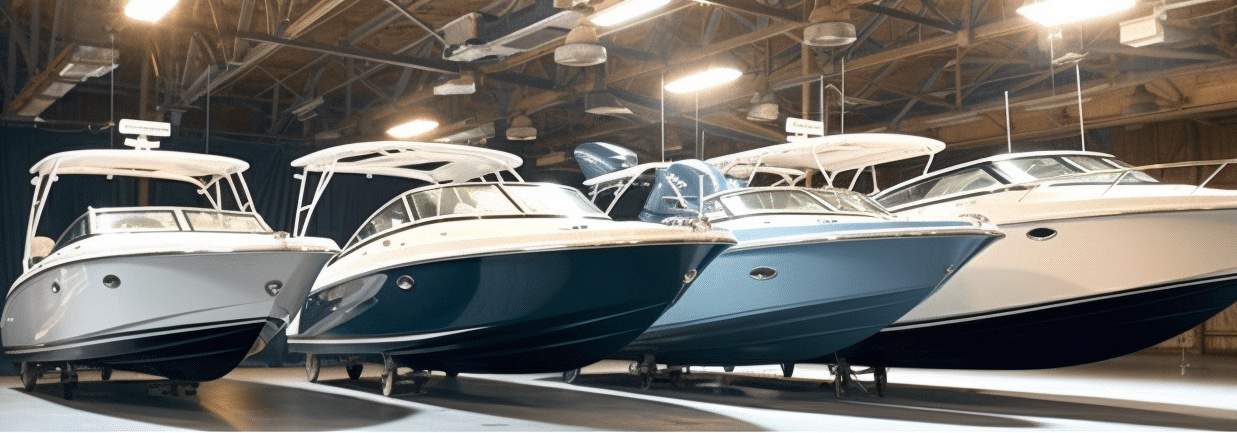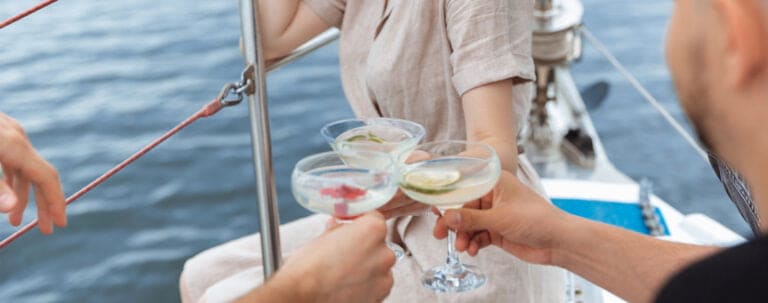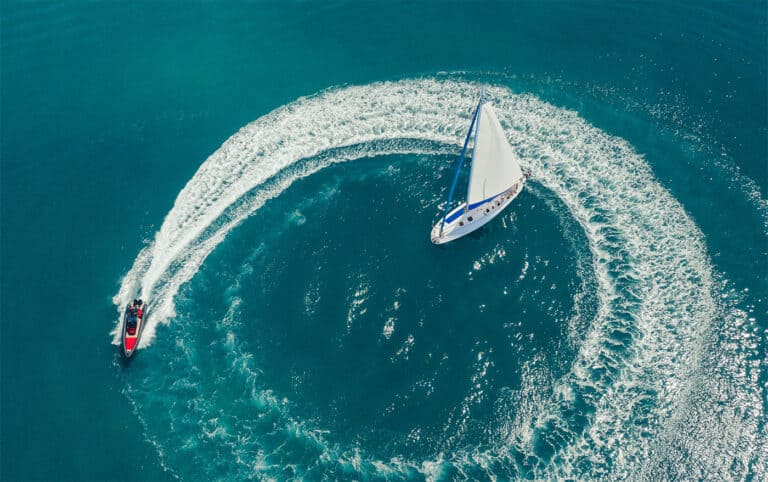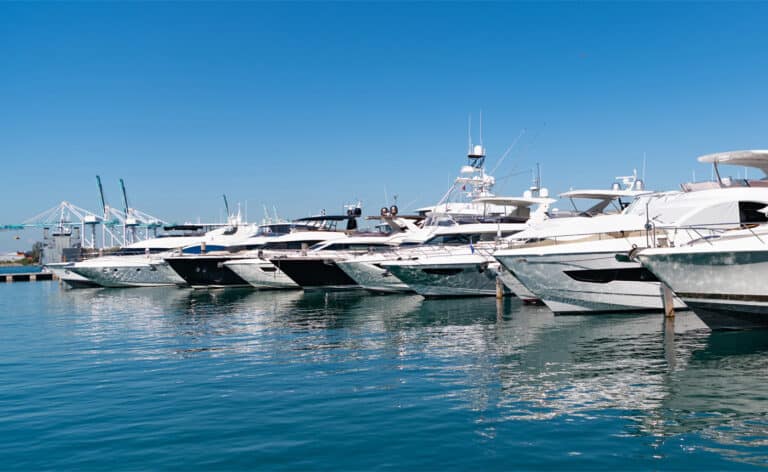Nowadays, boats come in a wide array of sizes and shapes.
The same is expected with their hulls.
However, no matter the variety of hulls, you only need to know that they can do one of two things.
Some hulls ride on top of the water while others displace water.
Types of Boat Hulls
Large boats, slow-moving boars, and sailing moats have displacement hulls.
That’s because of the combination of power and weight that enable them to displace water and move lower in the water rather than moving on top of the water.
On the other hand, personal watercraft, powerboats, and smaller boats have planning hulls.
These hulls help them to rise and ride on top of the water because they need higher speeds.
Round Bottomed Hulls
These are displacement hulls, and they move smoothly through the water.
Furthermore, these hulls use little effort when moving through the water.
An excellent example of round-bottomed hulls is the ones present in canoes.
However, these hulls have one main disadvantage, and that is that they offer less stability.
Having less stability means that it’s easier for the boat to capsize.
Therefore, you need to be careful when entering, loading, and exiting such a boat.
Multi-Hulled
Multi-hulled boats can have either a displacement or planning hull.
This will depend on the size of the engine and the shape of the hull.
These boats offer more stability on the water, but they require lots of room to turn and steer.
Some examples of multi-hulled boats include pontoon boats and catamarans.
V-Shaped Hulls
These are planning hulls, and they are common in many powerboats.
At higher speeds, deep V-shaped hulls plane on the water.
They also provide a better ride through choppy waters.
Boats with V-shaped hulls have a larger engine compared to a round or flat-bottomed boats.
Flat Bottomed Hulls
These boats are ideal for calm water and slow speeds.
If you plan to get a boat with a flat-bottomed hull, you should consider using it for fishing or in small water bodies.
Flat-bottomed boats tend to be less stable in rough waters.
Planning Vs. Displacement Hulls
After learning the common boat hulls, you might wonder which option might be the best for you.
Choosing a boat that satisfies your needs is a key thing to consider.
Picking one or the other will be simple, depending on your goals. For example, a planning hull might be the best if you want to ride your boat quickly.
When going to fish or riding on small water bodies I would choose a flat bottomed boat.
The V-shaped hulls will offer the best experience in such scenarios.
On the other hand, if you would love to enjoy your time fishing, you will love the displacement hulls.
These boats can stay afloat comfortably in calm waters or even at slow speeds.
Picking the type of hull will also vary depending on the type of boat you end up buying.
If the boat has a powerful engine and is meant to go through the water quickly, you’ll need a V-shaped hull.
On the other hand, if you purchase a canoe or fishing boat, you will end up with a round or flat-bottomed hull.




